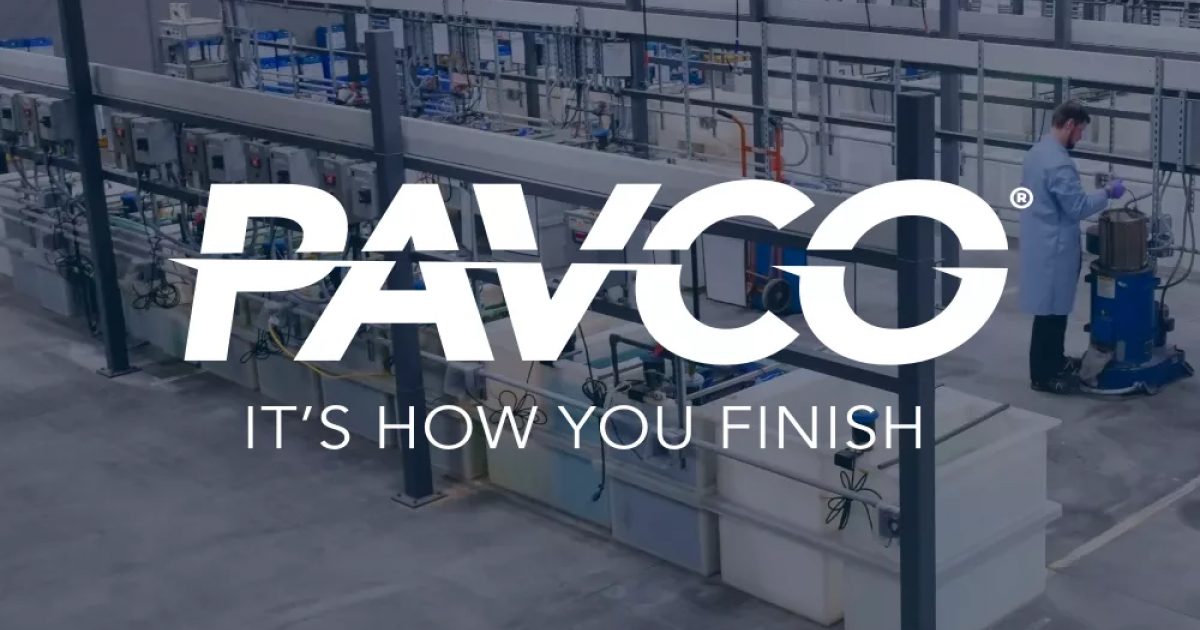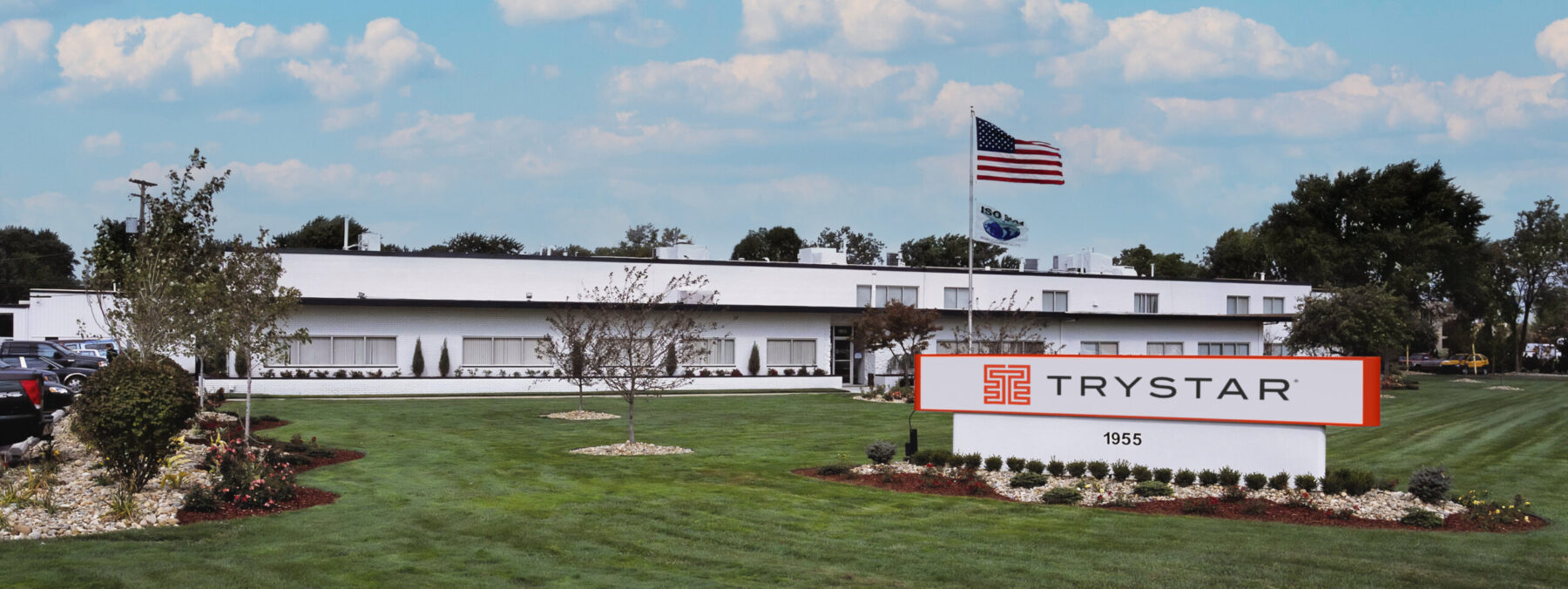I just ordered the copy cad zinc plating system from Caswell. I've read the archives and see alot of you have had good results with this system.
I am curious about the recommended power supply. I intend initially on doing a few nuts and bolts but I know eventually I'll want to plate larger brackets, linkages, etc.
I'd like opinions on the power supply at the link below or any other power supply recommendations. I'd like to keep the expense down as this is purely for personal (ie. non-commercial) use as I restore my '70 vert.
Thanks for your advice.
I am curious about the recommended power supply. I intend initially on doing a few nuts and bolts but I know eventually I'll want to plate larger brackets, linkages, etc.
I'd like opinions on the power supply at the link below or any other power supply recommendations. I'd like to keep the expense down as this is purely for personal (ie. non-commercial) use as I restore my '70 vert.
Thanks for your advice.

 I now think that if I had the larger kit that I would have been able to submerge the whole actuator AND keep it far enough away from the anode. This would have kept the current down, the overload protection at bay, and it probably would have plated the whole part at once but this is just my theory...
I now think that if I had the larger kit that I would have been able to submerge the whole actuator AND keep it far enough away from the anode. This would have kept the current down, the overload protection at bay, and it probably would have plated the whole part at once but this is just my theory...


Comment